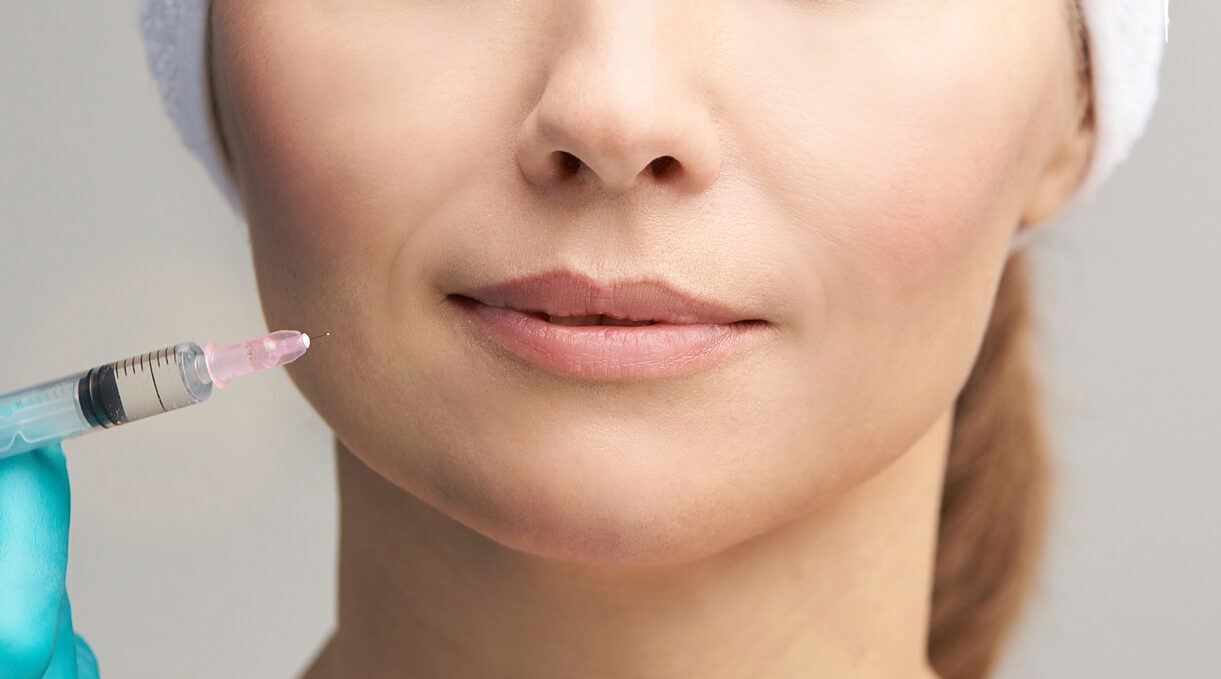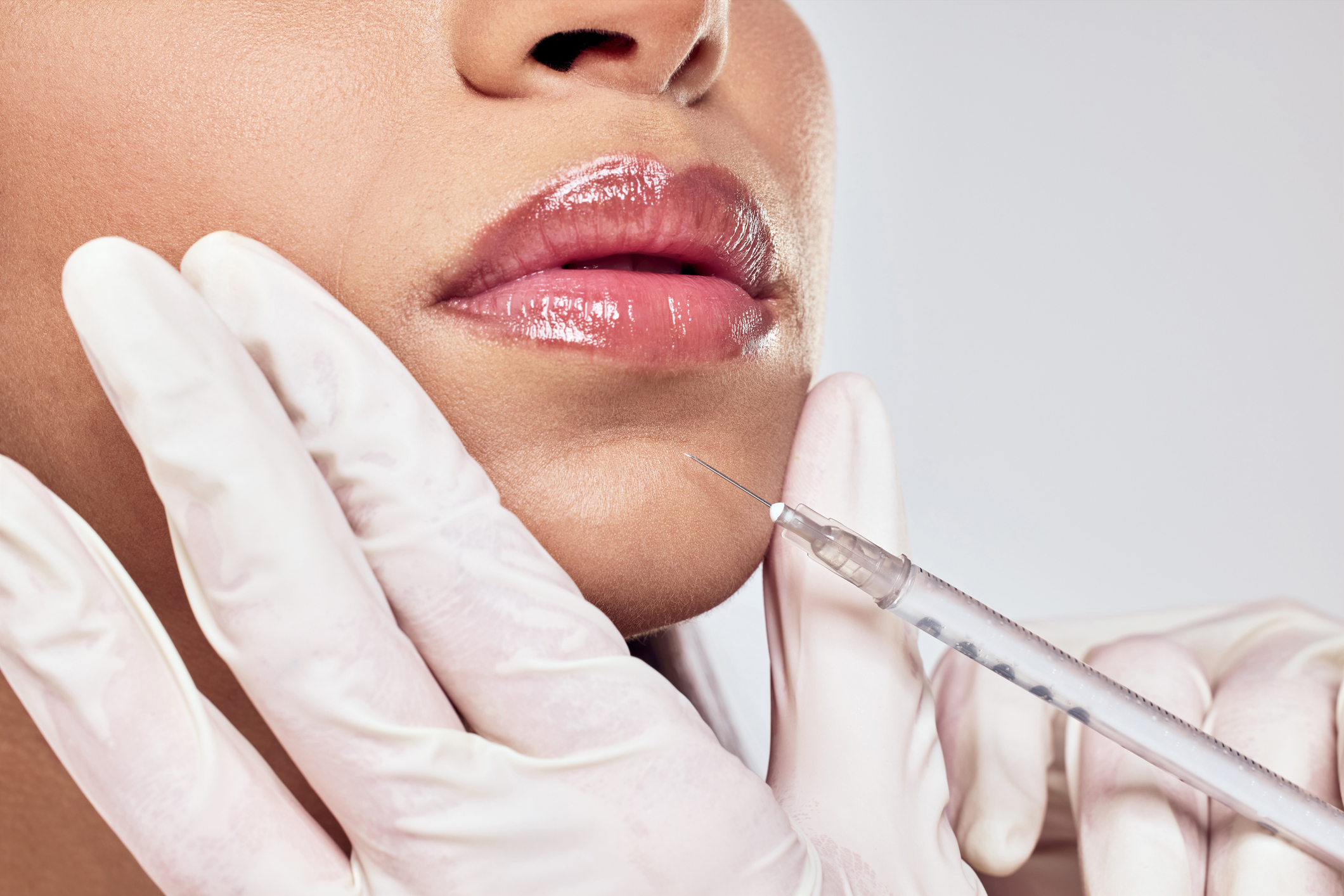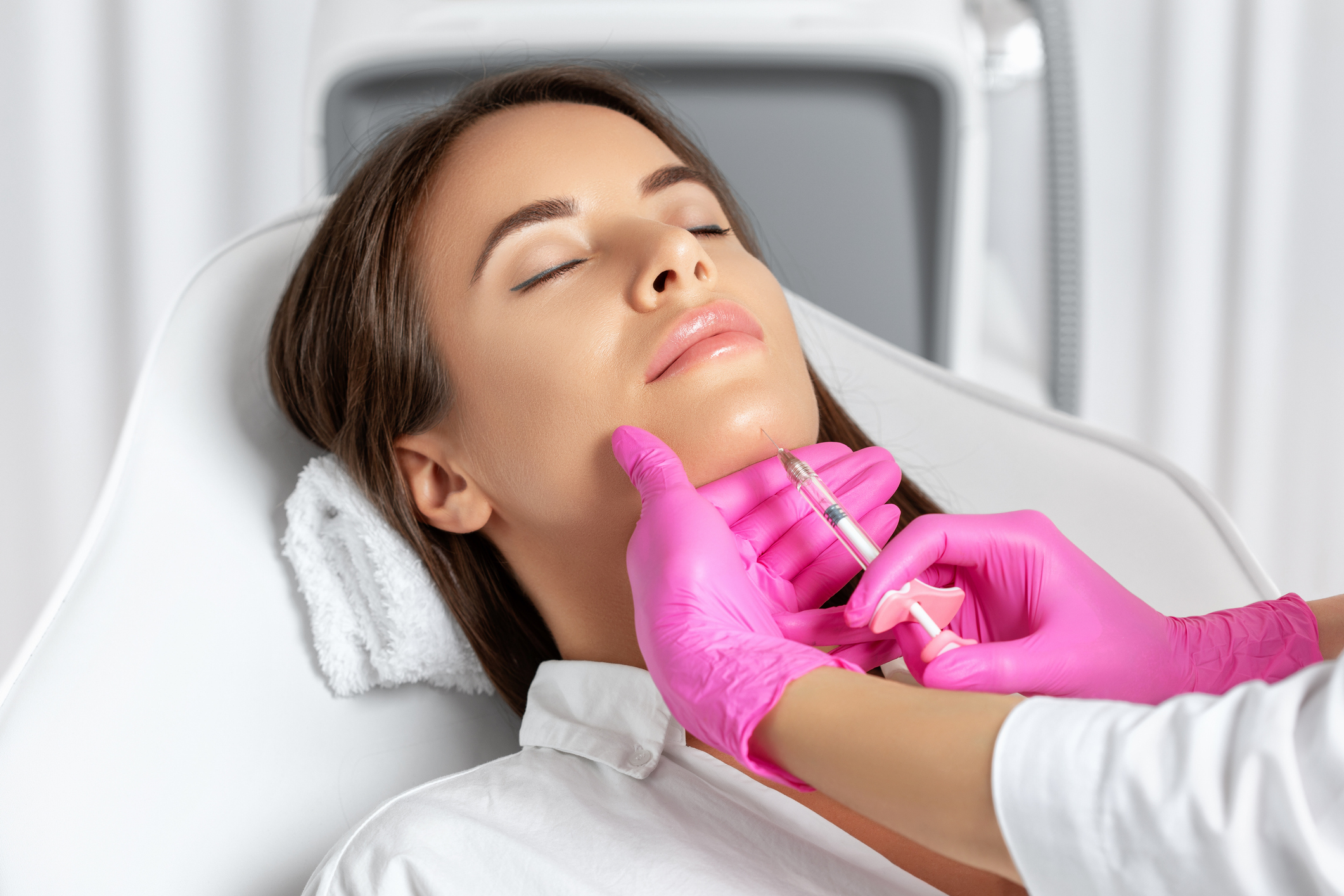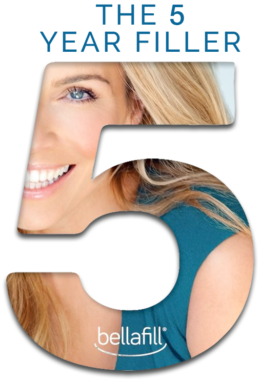The natural aging process brings on many changes—and some of the most obvious are within…
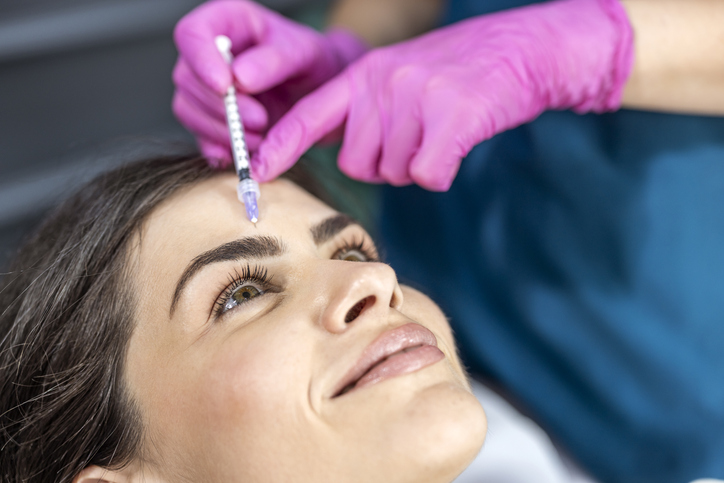
Dermal Fillers vs. Botox: Understanding the Differences
As we age, our skin begins to show signs of the time we’ve lived—fine lines, wrinkles, and loss of volume are just a few of the common aging markers that many of us see in the mirror. Fortunately, advancements in cosmetic dermatology offer various solutions to help us look as young as we feel.
Two of the most popular treatments are dermal fillers and Botox, but while they might seem similar at a glance, they function quite differently. Here at Vargas Face & Skin, we want to help you understand the details of each treatment, including its uses, benefits, and key differences. Let’s dive in!
Signs of Aging and Common Concerns
The natural aging process changes the skin’s appearance and texture. Collagen and elastin, proteins that give skin its firmness and elasticity, decrease over time, leading to common concerns such as wrinkles, fine lines, sagging skin, and volume loss.
Environmental factors such as sun exposure and lifestyle choices like smoking can quicken these signs. Moreover, a lack of sunscreen and retinol can increase aging over time.
What Are Dermal Fillers?
Dermal fillers are gel-like substances injected beneath the skin to restore lost volume, smooth lines, soften creases, or enhance facial contours. Over 1 million men and women annually choose this popular facial rejuvenation treatment, which can be a cost-effective way to look younger without surgery or downtime.
Types and Composition of Dermal Fillers
Dermal fillers are primarily made up of several substances, with hyaluronic acid being the most common. Hyaluronic acid is a natural substance that is found in our skin, which keeps our skin hydrated and voluminous.
Other fillers include calcium hydroxylapatite, poly-L-lactic acid, and polymethylmethacrylate beads. Each type has specific properties that make it ideal for different areas of the face and various concerns.
The Main Uses of Dermal Fillers
Fillers can address a range of aging signs, from deep folds and wrinkles to fine lines. They are also used to enhance the volume in areas like cheeks, lips, and jawline and can even improve the symmetry of facial features.
Understanding Botox
Botox, or Botulinum toxin, is a neurotoxic protein that works by blocking nerve signals to muscles, which can reduce wrinkles and lines caused by facial expressions.
How Botox Works
When injected, Botox temporarily paralyzes the muscles, leading to a reduction in the appearance of dynamic wrinkles, which are lines that appear while moving the face, such as when smiling or frowning.
Common Uses for Botox
Botox is primarily used to treat lines and wrinkles in the upper face, such as forehead lines, frown lines between the eyebrows, and crow’s feet around the eyes.
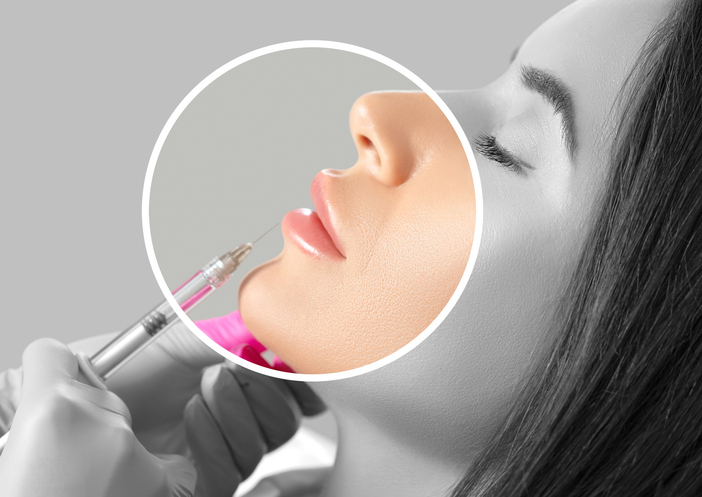
Comparing Dermal Fillers and Botox
While both treatments aim to combat signs of aging, their applications and effects differ significantly.
Differences in Procedure and Application
Dermal fillers are injected directly into the skin to fill in wrinkles or add volume. The procedure can vary from 15 minutes to an hour, depending on the area treated. Botox injections are quicker, generally taking only a few minutes with no recovery time needed.
Duration and Frequency of Treatments
Filler treatments typically last between 6 to 18 months before gradually being absorbed by the body, while Botox effects last about 3 to 4 months. Patients often go for repeat treatments once the effects start to fade.
Side Effects and Risks
Like all cosmetic treatments, both dermal fillers and Botox come with potential side effects and risks.
Potential Side Effects of Dermal Fillers
Common side effects include redness, swelling, and bruising at the injection site. More serious complications, while rare, can include allergic reactions and the formation of lumps under the skin, which might require surgical correction.
Risks and Considerations for Botox
Potential side effects of Botox include temporary bruising and discomfort. In rare cases, the toxin can spread beyond the treatment area, causing problems such as drooping eyelids or eyebrows.
Making the Right Choice for You
Factors to Consider When Choosing Between Fillers and Botox
Your choice between Botox and fillers might depend on your specific concerns, desired results, and how long you want the effects to last. Fillers might be the better option for volume replacement and severe wrinkles, while Botox is typically more suitable for dynamic wrinkles.
Consultation with a Dermatologist or Cosmetic Surgeon
An experienced dermatologist or cosmetic surgeon can provide personalized advice tailored to your facial structure, skin condition, and aesthetic goals.
Let’s Make You Feel Confident!
Whether you choose Botox or dermal fillers, both treatments effectively combat signs of aging and achieve a rejuvenated appearance. If you’re considering one of these treatments, the best next step is to consult a qualified provider who can guide you based on your needs and expectations.
Remember, the goal of any cosmetic treatment should be to enhance your natural beauty and help you feel more confident in your skin. Don’t hesitate to contact Vargas Face & Skin to get in touch with a specialist about your inquiry. Schedule a virtual consultation to explore your options and take the next step towards a more youthful and radiant appearance.

